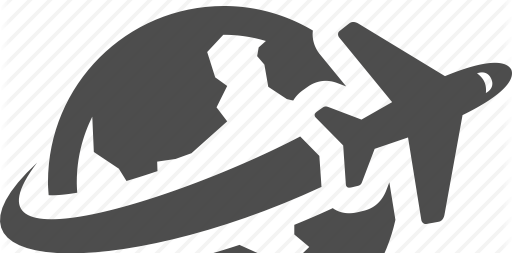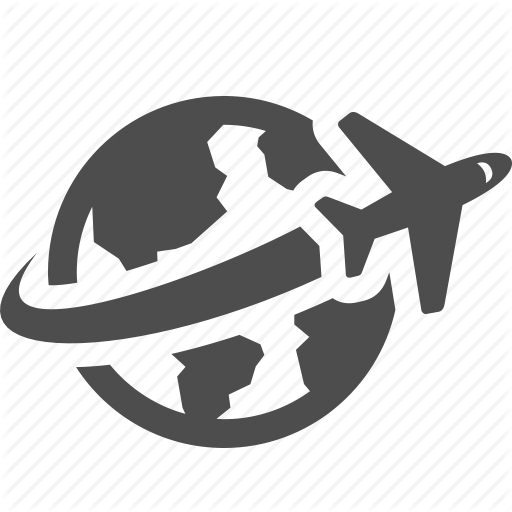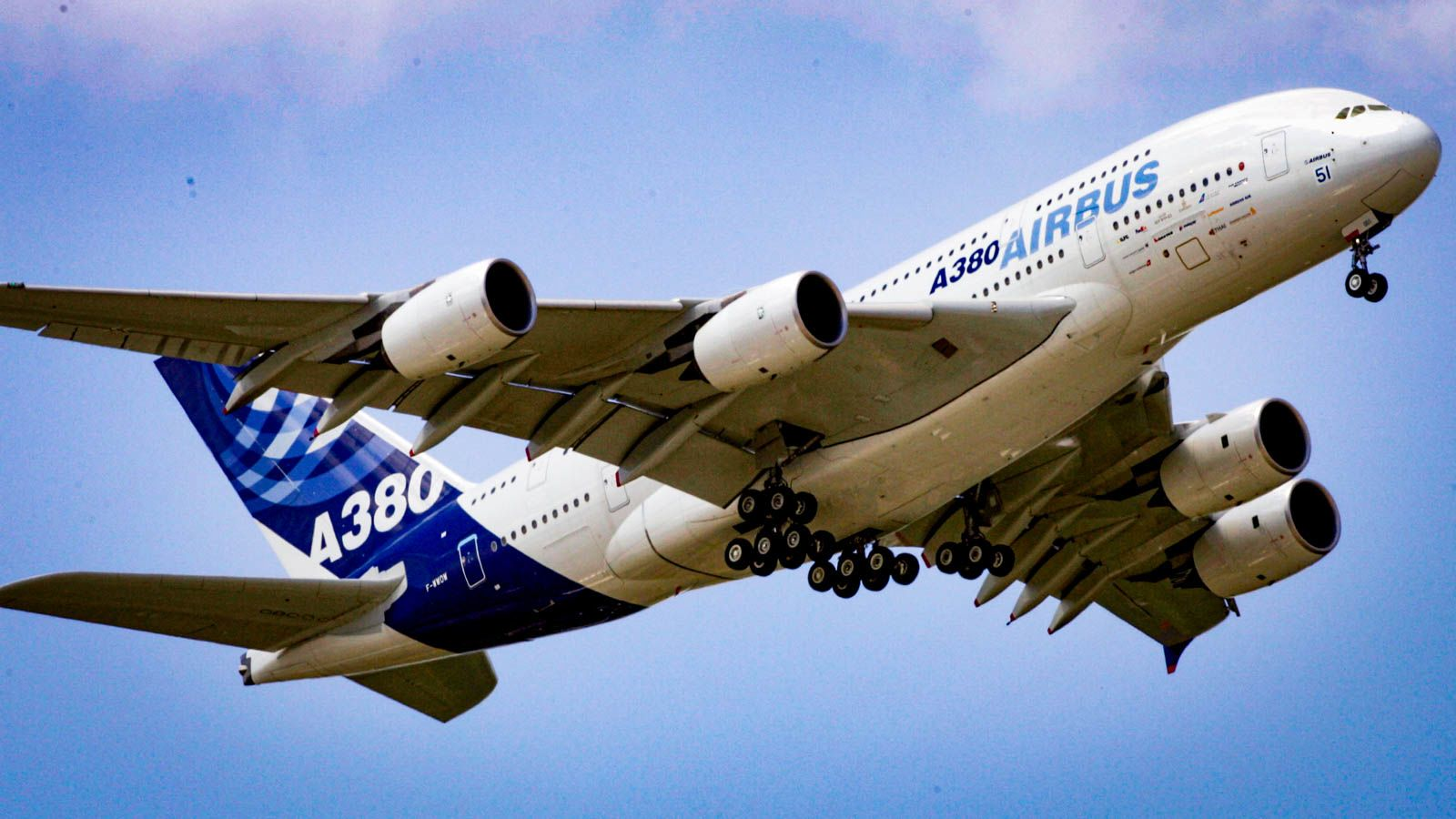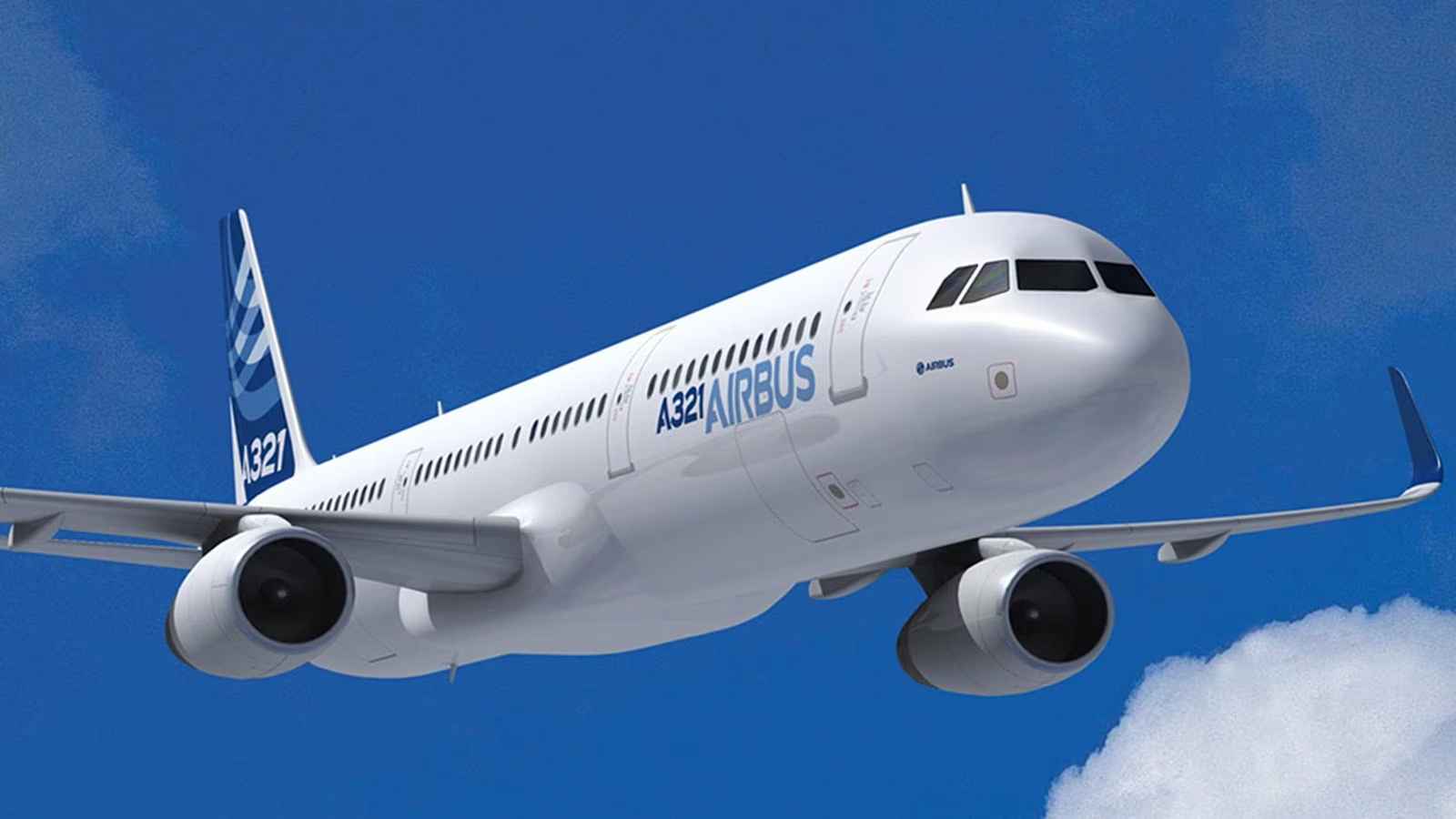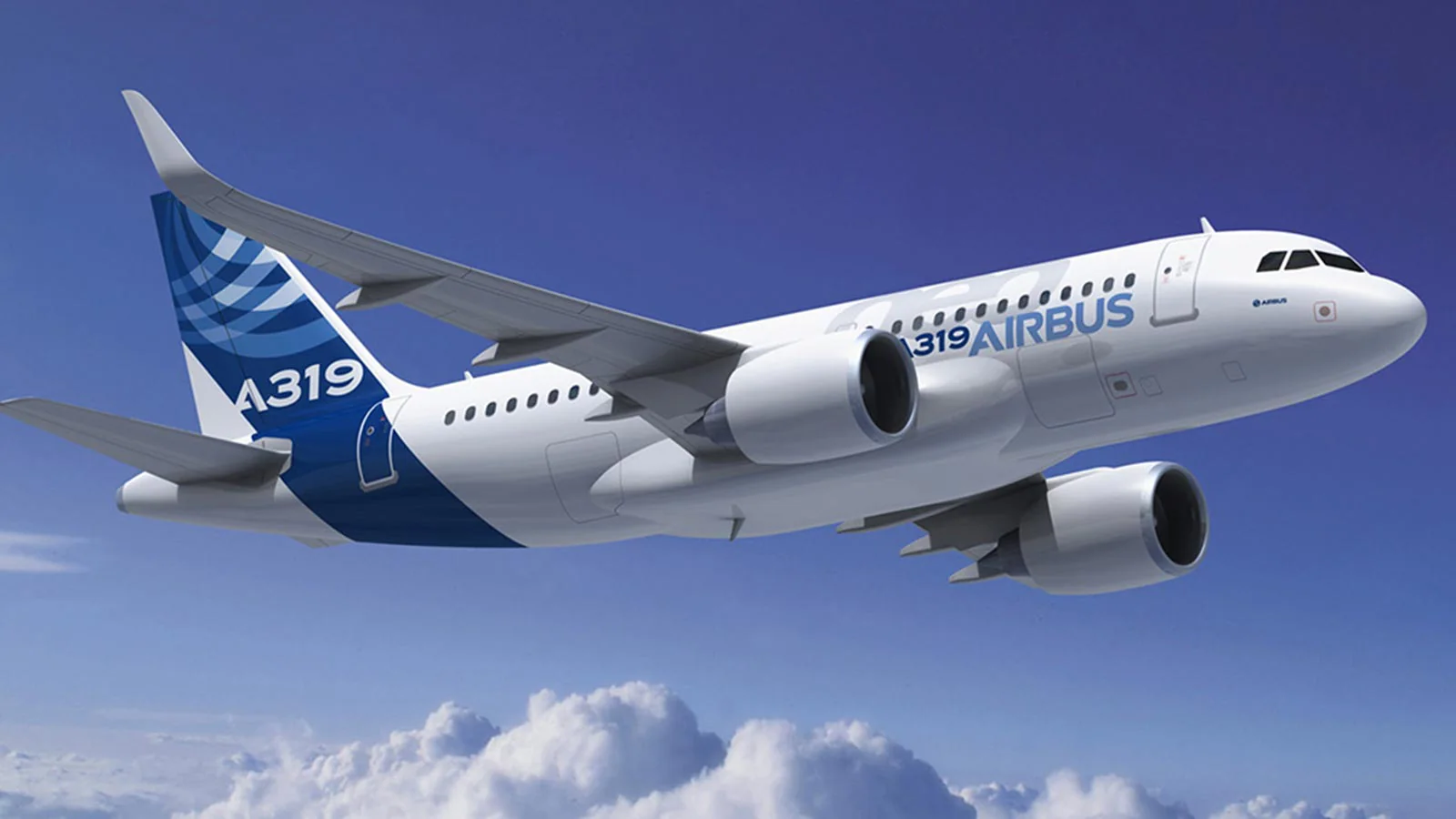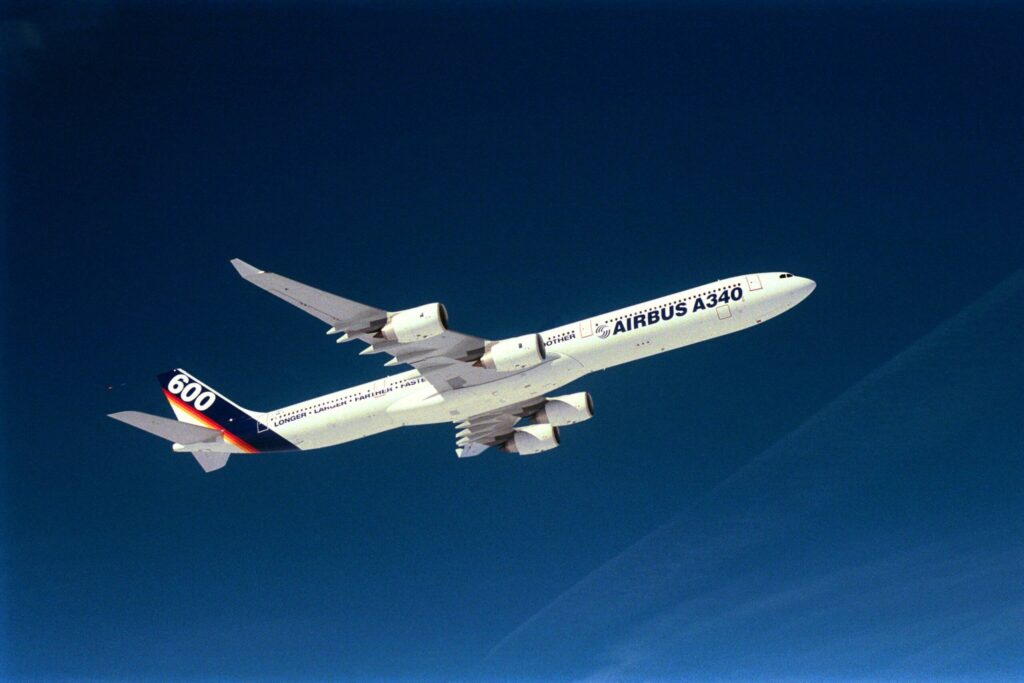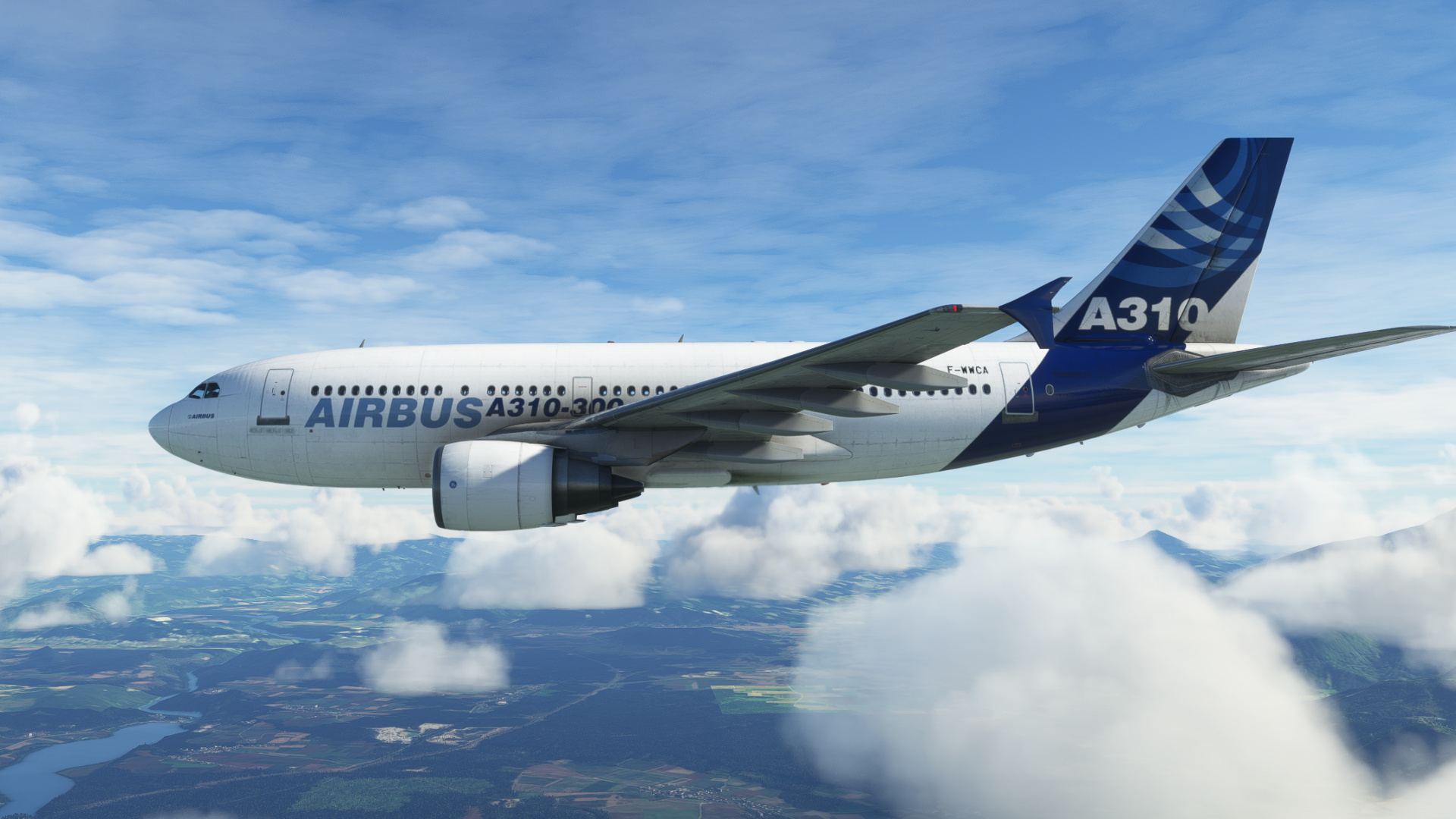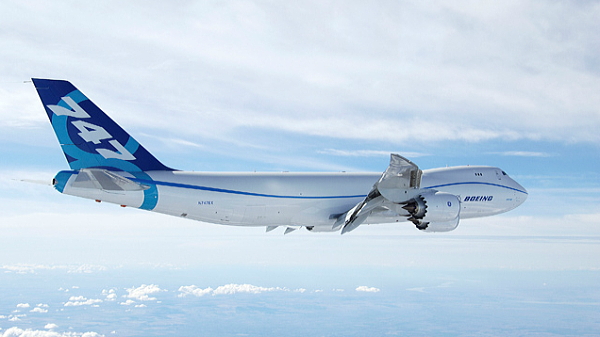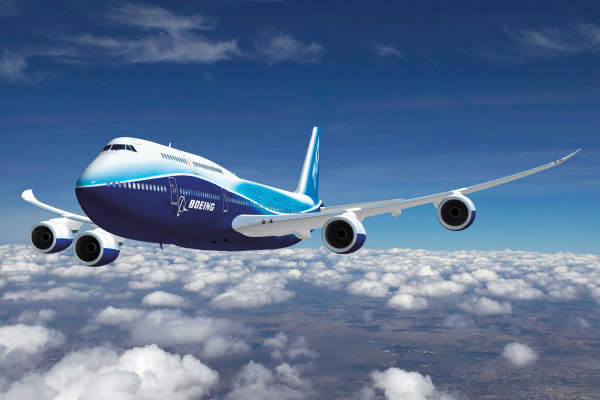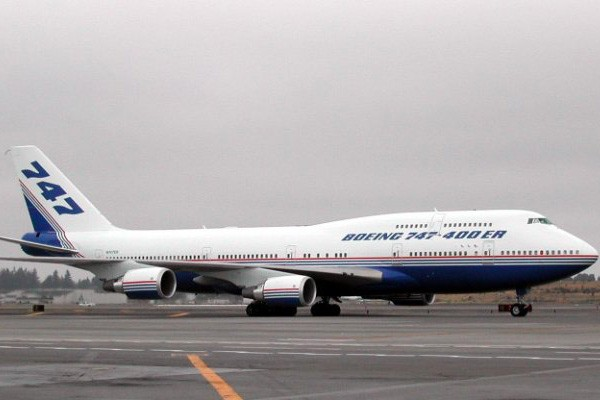Airbus and Boeing are the two largest and most influential aircraft manufacturers in the world.
Boeing founded in 1916 in the United States. It has a strong legacy and has played a significant role in shaping the airline industry. Airbus formed in 1970 consortium of European aerospace companies. It known for introducing innovative technology and challenging traditional norms. It has a variety of aircraft, including the A320 for regional routes and the A380 for high-capacity, long-haul flights. This article provides detailed information on a variety of aircraft from Airbus and Boeing.
AIRBUS A380:
The Airbus A380 is a double-deck, four-engine jet airliner. It has a typical seating capacity of 525 passengers, with a maximum certified capacity of 853 passengers. The A380 has been in service since 2007. It used by various airlines, including Emirates, Singapore Airlines, Lufthansa, and Qantas. The world’s largest passenger aircraft, with two full-length decks and widebody dimensions. It provides a spacious and comfortable environment for passengers. The A380 known for its low noise emissions and provides immediate traffic relief for busy airports. As of December 2022, there were 237 A380 aircraft in service, with 16 operators worldwide. The A380 has a range of 15,200 kilometers and a length of 72.72 meters. It provides superior in-flight comfort, from first class to economy, and has set a new standard for the global airline industry.
AIRBUS A321:
The Airbus A321 is a single-aisle, narrow-body aircraft with a long fuselage. It is part of the A320 family. It can carry between 185 to 244 passengers. The A321 was first established in 1994 and has since seen several variants, including the A321neo, which provides increased range and fuel efficiency. The A321 used by various airlines, including Delta Air Lines, which operates it with different seating configurations. The A321neo, for example, can seat anywhere from 180 to 244 passengers. It is suitable for transatlantic routes. The aircraft is known for its wider cabin, providing more space and comfort for passengers. The A321 is also equipped with modern features, such as in-flight entertainment and low interior noise, to enhance the passenger experience.
AIRBUS A319:
The Airbus A319 is a member of the Airbus A320 family of narrow-body passenger airliners. It is used for short- to medium-range commercial operations. It can carry 124 to 156 passengers and has a maximum range of 3,700 nautical miles (6,900 km; 4,300 mi). The A319 has a length of 33.84 meters and a wing span of 35.8 meters. The A319 is a shortened-fuselage variant of the Airbus A320 and has the same optimized cabin cross-section as the other A320 family members. It entered service in April 1996 and is used by various airlines, with American Airlines and EasyJet operating the largest A319 fleets. The A319neo variant, with enhanced performance and advanced engine choices, can seat up to 160 passengers and provides increased range. United Airlines, for example, uses the A319 on domestic routes, with a layout featuring a First Class cabin with 12 recliner seats.
AIRBUS A340:
The Airbus A340 is a wide-body, four-engine, long-range passenger airliner developed and produced by Airbus. It was first carried out in 1991 and manufactured for 20 years before production came to an end. The A340 family includes four variants: the A340-200, A340-300, A340-500, and A340-600. The A340-200 has a seating capacity of around 250 passengers and a range of 6,700 nautical miles. The A340-300 typically seats 250-290 passengers, while the A340-500 and A340-600 have seating capacities between 180 and 370 passengers, with ranges of 8,000 to 9,000 nautical miles. The A340 is a twin-aisle passenger airliner powered by four turbofan jet engines. It was developed with technology from earlier Airbus aircraft and shares many components with the A330. It has been used by various airlines worldwide, with Lufthansa being the largest operator of the aircraft. Airbus has also produced customized versions of the A340 for private customers, including heads of state.
AIRBUS A318:
The Airbus A318 is the smallest member of the Airbus A320 family. It has a passenger capacity of 107 to 132 people and a maximum range of 5,750 kilometers. It built primarily for short-range flights. The aircraft has a wingspan of 111 feet 11 inches, a length of 103 feet 2 inches, and a maximum takeoff weight of 149,900 pounds. It is powered by two engines and has maximum speed of 542 knots. The A318 was initially launched in 2003 and is still in service with a few airlines as of 2017. The aircraft is certified by the European Aviation Safety Agency for steep approaches, allowing flights at airports such as London City. It was first delivered to Frontier Airlines in 2003 and is used by several airlines, governments, and private operators. The maiden flight of the Airbus A318 took place from Finkenwerder airfield in Hamburg on January 15, 2002, and the first customer delivery was on July 22, 2003, to Frontier Airlines. The A318 is known for its fuel efficiency, operational reliability, and spacious cabin, with wider seats and ample overhead storage.
AIRBUS A310:
The Airbus A310 is a medium- to long-range twin-engined wide-body jet airliner. The Airbus A310 is a widebody airliner that can carry up to 265 passengers. It has a range of up to 5,200 nautical miles and a service ceiling of 41,000 feet. The A310 has two turbofan engines and was first introduced in 1983. Airbus began development in the 1970s, and the A310 announced in July 1978 the second aircraft produced by Airbus. The A310 made its first flight on April 3, 1982, and entered service in April 1983 with Swissair. It used by various airlines around the world, including Lufthansa, Air Transat, and Yemen Airways. The A310 known for its lower operating costs and flexibility in flying short-, medium-, and extended-range routes. The A310 replaced in Airbus’ range by the highly successful A330-200.
BOEING 747-8:
The Boeing 747-8 is a large airplane and the last series of the Boeing 747 family. It has a hump on top and four engines. The boeing carry around 400 to 600 passengers. It launched in 2005, and the first 747-8F freighter performed its maiden flight on February 8, 2010. The 747-8 has a lengthened fuselage and redesigned wings, making it the largest version of the 747. It is available in both passenger (747-8I) and freighter (747-8F) variants. The 747-8 is notably in direct competition on long-haul routes with the Airbus A380. It has a wingspan of 68.45 meters, a length of 76.25 meters, and a height of 19.35 meters. It can carry around 400 to 600 passengers and has a maximum takeoff weight of 442,300 kg. Airlines like Lufthansa, Korean Air, Cathay Pacific Cargo, and UPS Airlines use this plane.
BOEING 747-400:
The Boeing 747-400 is a large, four-engine aircraft. It has a humpbacked shape and a distinctive bulge on the upper deck, which provides more space for passengers. The 747-400 can carry up to 660 passengers. The 747-400 first entered service in 1989. Some airlines that have used this aircraft include British Airways, Lufthansa, Qantas, and KLM.
BOEING 767:
The Boeing 767 is a large, twin-engine airplane. It has a wide body and two aisles inside for passengers to move around. The plane can typically carry between 181 and 375 passengers. It first entered service in 1982. The 767 first Boeing wide-body aircraft designed with a two-crew digital glass cockpit. Many airlines around the world use the Boeing 767 for both domestic and international flights. Some of the major airlines that use the Boeing 767 include American Airlines, Delta Air Lines, and United Airlines in the United States, as well as British Airways, Qantas, and All Nippon Airways (ANA) in other parts of the world.
BOEING 737 NEXT GENERATION:
The Boeing 737 Next Generation (NG) is a series of twin-engine, narrow-body airplanes produced by Boeing Commercial Airplanes. It launched in 1993 and introduced in 1997. The 737 NG includes the 737-600, 737-700, 737-800, and 737-900 series, with the capacity to seat 108 to 215 passengers. The aircraft contains a redesigned wing, improved fuel capacity, a longer range, and higher maximum takeoff weights. Many airlines around the world use this plane, including Southwest Airlines, United Airlines, and Ryanair. The 737 NG known for its superior reliability, fuel efficiency, and high value, making it a popular choice for airline operators.
